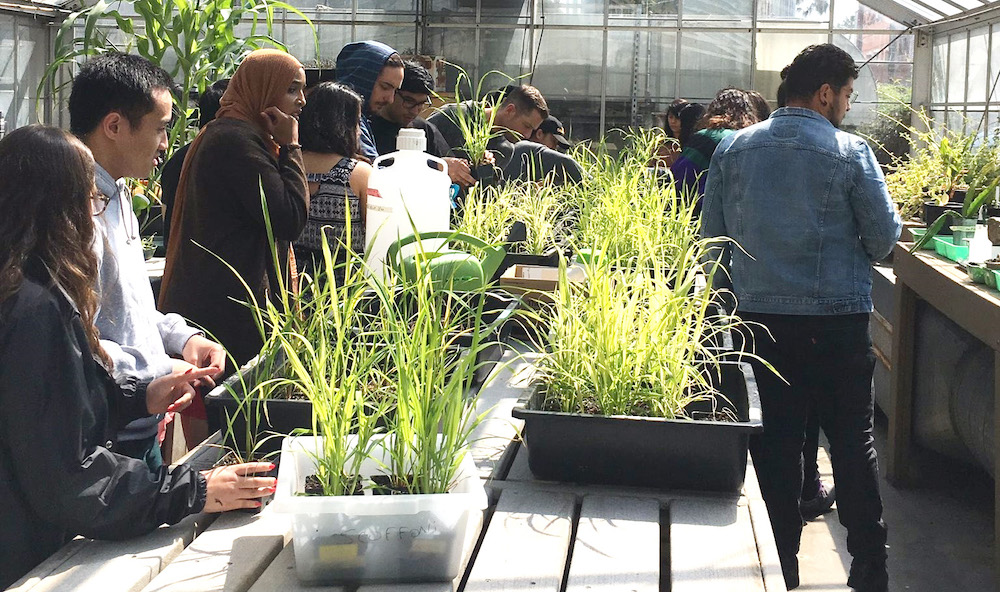While censorship and defunding of science in our country has become alarming, it is ever so important that scientists better communicate with the public. As the Southern California’s “PST ART: Art and Science Collide” exhibition ended last month, it has highlighted the importance of art in scientific communication. While combining art and science is original, I would argue that nothing makes more sense, as scientists share many similarities with artists: curiosity, creativity, passion. We both seek to improve human life: scientists by creating new knowledge and technologies, and artists by helping us feel more connected to each other and to this world. But above all, our work shares a similar starting point, that of a simple observation.
The great American poet Walt Whitman confided in one of his most famous poems “Song of myself” that his work was inspired by “observing a spear of summer grass”. Mr. Whitman turned this simple observation into one of the most beautiful collection of poems on personal freedom and democracy in the wake of the civil war. In the same way, observation is key to the scientific process. By observing a grass leaf, whether it is its parallel vein structure, variation in size and shape, or how it rolls under stress, the scientist will ask a question and formulate a hypothesis that will be rigorously tested.
We have been witnessing in the past decade in America a rise in skepticism and misunderstanding of scientific research. As scientists, we need to do a better job at communicating what we do to the public, and why we do it. As educators, we need to emphasize the importance of observing, especially in a world governed by social media dictating what we should see.
“I believe a leaf of grass is no less than the journey work of the stars” -Mr. Whitman reminds us that what can appear as insignificant to most, also carries its own beauty and significance.
While most Americans have looked up at least once at the stars with amazement, it is much less likely that they have looked with the same composure at a grass leaf when mowing a lawn or sitting down for a picnic. As plant scientists, we have the privilege of being reminded every day of their intrinsic beauty and importance, as we observe these grasses under the microscope. I believe it is also our role as scientists to share with the public the beauty and meaning of what we see and discover every day in our lab. And what better way than via art.
The art exhibit “[in]VISIBLE FLOWS: water and light streams in Poaceae family” is launching on Thursday, April 10th, at the Luckman Fine Arts Complex, presenting the works of Spanish artist and PhD Antia Iglesias. Conceived with scientist Marion Boisseaux, the exhibition merges artistic and scientific perspectives, to explore the hidden dynamics of plants. Iglesias was inspired by National Science Foundation-funded research on grasses and environmental stress responses from the Scoffoni lab at Cal State LA. Together, Iglesias and Boisseaux, have curated a rich body of work that brings the public inside the invisible world of light and water streams in plants entities. Additionally, ‘Weaving ecosystems in community’ is a textile piece featuring a collaborative work between curator, artist and Cal State LA volunteer students from both the arts and biological sciences departments.
Tuesday April 8th, 4-5pm: “Graphic ecosystems: intertwining engineering and the arts as an approach to invasive alien species” by Antia Iglesias. NSS Milestone moments (Rosser Hall 132)
Thursday April 10th, 4-7pm: Opening reception for “{in}visible flows: water and light streams in Poaceae family” at the Luckman Center
Friday, April 11th 3-4pm: Artist talk at the Luckman Center
